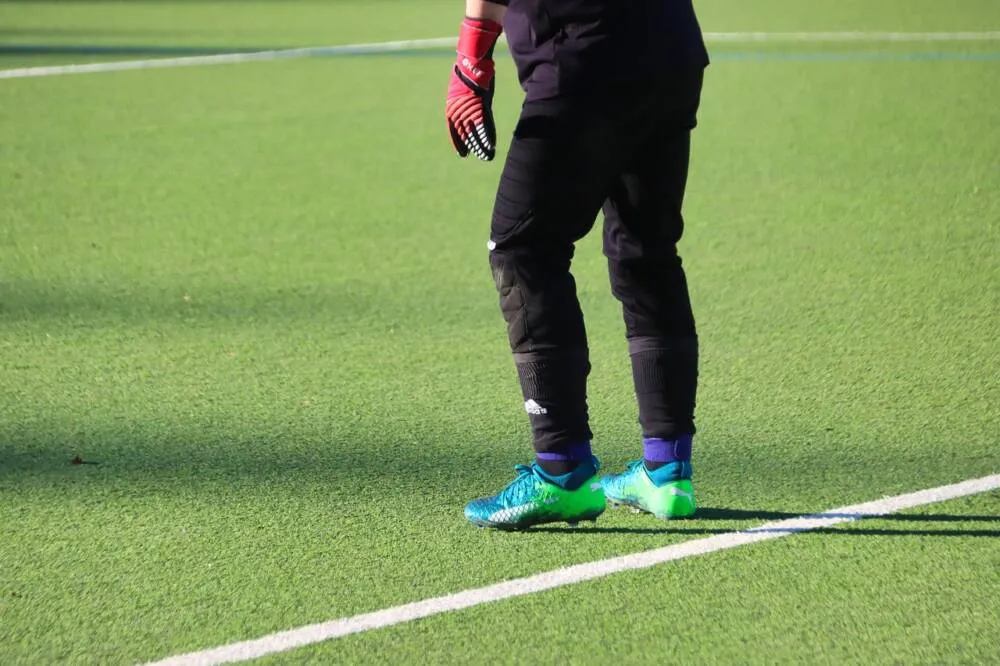From July 1, 2021, new requirements were introduced to prevent the spread of microplastics from pitches with artificial grass.
Sports fields built before this date have transitional provisions for certain requirements, including physical barriers.
Collecting agents for rubber granules
– It is very important that the owners of such facilities take care of the means for collecting rubber granulate. Rubber granules that are broken down into microplastics are a major source of release and dissemination in nature, says department director Marit Kjeldby at the Norwegian Environment Agency.
88 facility owners were checked. 76 of them are municipalities and 12 are sports clubs.
Half of those who should meet the physical barrier requirement did not. Examples of barriers are dense berms or walls to prevent the rubber granules from spreading out of the banana.
Over 70 percent of the inspected municipalities and sports associations did not provide the track users with sufficient information about the risk of spreading and measures to reduce the risk of spreading.
Read also: Norway and the EU agree to strengthen energy cooperation
An ever-growing pollution problem
Rubber granules spread outside sports fields if not collected. According to current knowledge, they are the second largest terrestrial source of microplastics in Norway.
It shows study by the Norwegian Environment Agency in 2021 . There are around 2000 facilities with artificial grass in Norway.
Microplastics are a growing pollution problem and are found in most places on earth. Small plastic particles can be eaten by small animals in the sea, which in turn are eaten by larger animals, and people can also get them from their food.
Artificial grass pitches consist of synthetic grass mats to which loose filler material is added. Most use rubber granules, but other plastic products and natural materials such as cork or olive pits are also used.
Positive effect of the campaign
Many municipalities and sports clubs have started work on activities aimed at meeting the requirements of the new rules. They concern the design and operation of sports fields where loose plastic filling material is used
A positive effect of the campaign is that the majority of people comply with the requirements for the storage, reuse and delivery of rubber granules. At most controlled sports facilities, rubber granulate was stored, reused and safely stored and delivered to approved collection points in accordance with regulations.
The results of this year's control action indicate that there is a need to further monitor the handling of rubber granulate on sports fields.
– Municipalities and sports facilities must repair violations of regulationsthat were detected during the inspection. This applies in particular to the requirement to have physical barriers around bananas collecting rubber pellets. The state administration will check whether this happened, says Marit Kjeldby.
Stricter EU rules may apply
A proposal to ban the addition of microplastics to products is currently being discussed in the EU. The proposal includes a ban on the use of rubber granules on artificial grass and other sports fields with a six-year transitional period.
After another transitional period, it will not be possible to obtain rubber granules for supplementing or setting up artificial grass pitches.
Source: miljodirektoratet
Read and learn more: Speed limits can reduce microplastic contamination from car tires and asphalt



